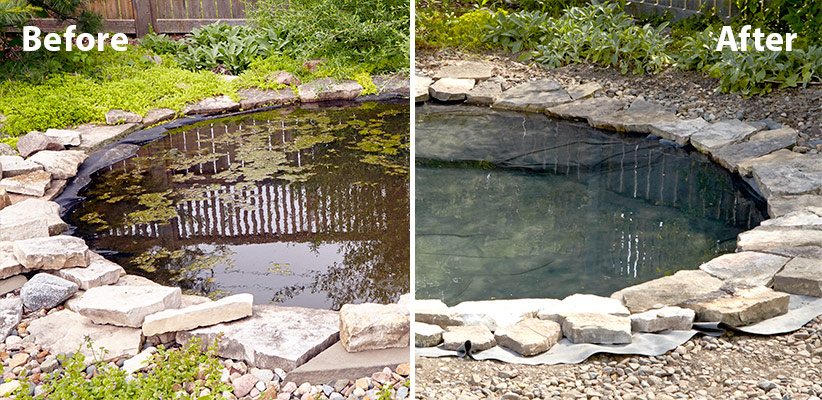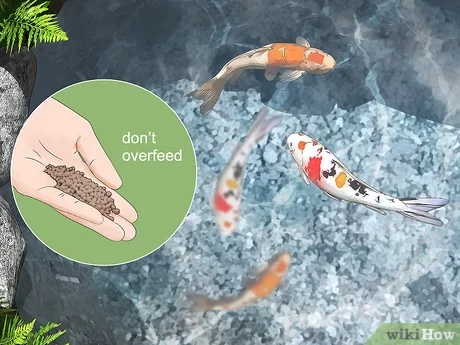Having a beautiful pond in your backyard can be a source of tranquility and beauty, but when algae takes over, it can quickly become an eyesore. Algae are tiny plants that can multiply rapidly in the right conditions, turning your clear pond water into a murky green mess. Fortunately, there are several effective methods for getting rid of algae and restoring your pond to its former glory.
Understanding Algae
Before diving into the removal methods, it’s important to understand what causes algae to thrive in ponds. Algae growth is typically fueled by an abundance of nutrients, such as sunlight, carbon dioxide, and nitrates, along with warm temperatures. When these conditions are present, algae can quickly multiply and cover the surface of the water, creating an unsightly and potentially harmful environment for fish and other aquatic life.
Manual Removal
One of the most straightforward methods for getting rid of algae is through manual removal. This involves physically scooping out the algae from the surface of the pond using a net or rake. While this method may take some time and effort, it can be an effective way to quickly reduce the amount of algae in your pond. Be sure to remove as much of the algae as possible to prevent it from regrowing.

Credit: www.gardengatemagazine.com
Barley Straw
Barley straw is a natural and environmentally friendly way to control algae in ponds. When barley straw decomposes in water, it releases compounds that inhibit the growth of algae. This method is best used as a preventative measure, as it can take several weeks for the barley straw to take effect. By placing barley straw in mesh bags and submerging them in the pond, you can help prevent the rapid growth of algae and keep your pond water clear.
Plants and Aeration
Introducing aquatic plants to your pond can help to naturally control algae growth. Plants like water lilies and water hyacinths not only add beauty to the pond but also compete with algae for nutrients, effectively reducing its growth. Additionally, installing a fountain or aerator can help to increase oxygen levels in the water, which can inhibit the growth of algae and promote a healthier ecosystem for fish and other aquatic life.
Chemical Treatments
If manual removal and natural methods are not providing the desired results, chemical treatments can be used to control algae in ponds. Algaecides are chemical compounds specifically designed to kill or inhibit the growth of algae. It’s important to use these treatments carefully and according to the manufacturer’s instructions to avoid harming other aquatic life in the pond. Always consider the potential impact on the overall ecosystem before using chemical treatments.

Credit: www.youtube.com
Regular Maintenance
Once you’ve successfully removed the algae from your pond, it’s important to implement a regular maintenance routine to prevent its return. This can include removing excess debris from the pond, monitoring nutrient levels, and maintaining a healthy balance of aquatic plants. By staying proactive and attentive to the condition of your pond, you can help prevent future algae outbreaks and enjoy a clear and beautiful water feature in your backyard.
Conclusion
Dealing with algae in a pond can be a challenging task, but with the right approach, it is possible to restore your pond to a clean and healthy state. Whether you opt for manual removal, natural methods, or chemical treatments, it’s essential to consider the overall impact on the pond’s ecosystem and take proactive steps to prevent future algae growth. By staying informed and proactive, you can enjoy a beautiful and algae-free pond for years to come.
With the tips provided in this article, you can take the necessary steps to combat algae and restore the natural beauty of your pond. By understanding the underlying causes of algae growth and implementing the appropriate removal methods, you can create a healthy and visually appealing aquatic environment right in your own backyard.





